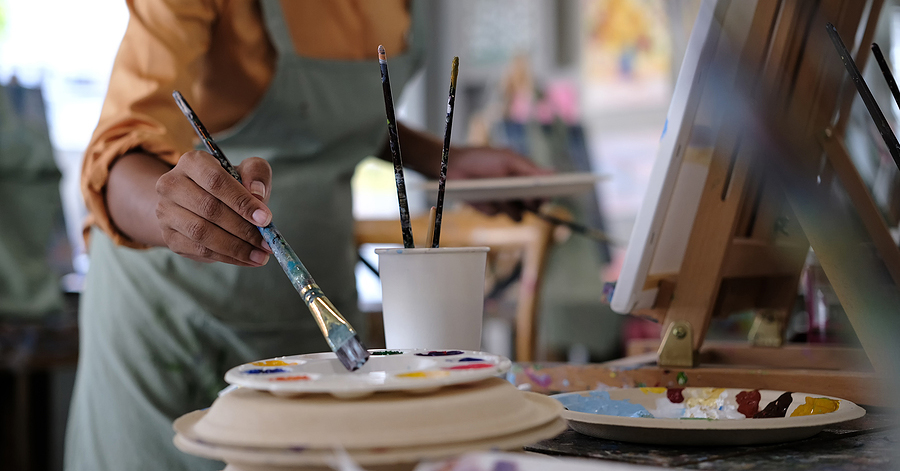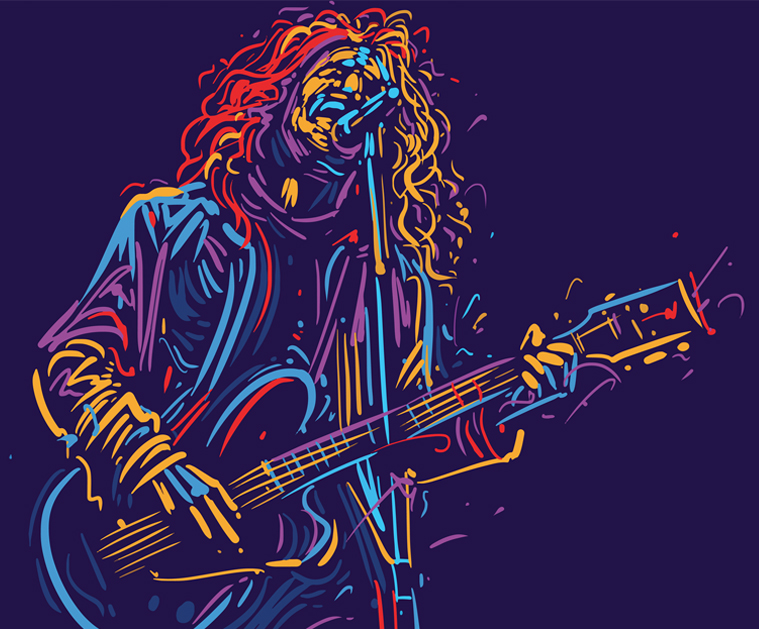Art has been an integral part of human expression for millennia, but its significance in early childhood development is a topic of increasing relevance and intrigue.
The benefits of art in early childhood go beyond mere entertainment; they are deeply intertwined with cognitive, physical, and socio-emotional growth.
Historical Perspective
Art in ancient societies
Ancient civilizations, from the Mesopotamians to the Greeks, recognized the importance of artistic activities in a child’s upbringing. Murals, sculptures, and early childhood toys from archaeological excavations reveal that art was more than just a pastime—it was an educational tool.
Modern shifts in the perception of art
As society progressed, the emphasis on standardized education saw a slight decline in artistic incorporations. However, in recent decades, the educational paradigm is shifting again. Modern educators and psychologists are reaffirming the benefits of art in early childhood, heralding it as a vital component of holistic growth.
The Science of Brain Development and Art
Brain plasticity in early childhood
‘Neuroplasticity’ is a term that has gained prominence in developmental psychology. It refers to the brain’s incredible ability to reorganize and adapt. During early childhood, experiences play a pivotal role in shaping this neural architecture. And art? It’s one of the most potent stimuli.
Art’s role in cognitive and sensory development
- Enhancing visual-spatial skills: When a child paints or sketches, they’re not just producing a picture. They’re understanding space, perspective, and dimension—crucial skills that aid in activities like reading maps or solving math problems.
- Boosting memory and recall abilities: Remembering the color patterns or replicating a drawing sharpens a child’s memory.
- Stimulating multisensory integration: Art is often a multi-sensory experience. Feeling the texture of clay, seeing the splash of paint, or hearing the rhythm in a dance helps in the fusion of sensory experiences, essential for tasks like reading.
- Promoting problem-solving and critical thinking: Art presents challenges—what color to choose, how to depict a shadow, which stroke to use. Overcoming these challenges boosts a child’s problem-solving skills.
Socio-Emotional Benefits
Building self-esteem and confidence
Every stroke a child makes, every sculpture they mold, brings with it a sense of accomplishment. This sense of creation, the pride in manifesting one’s imagination, naturally enhances self-esteem. The benefits of art in early childhood, therefore, are not just cerebral—they touch the heart.
Expression and emotional regulation
- Art as an outlet: When words fall short, a doodle or a dance might fill the gap. Children, still grasping language, often find art a more natural mode of expression.
- Enhancing emotional intelligence: Recognizing and understanding emotions in artworks or stories can help children empathize and relate to others.
- Strengthening empathy: Participating in shared art experiences, like those at community events or places like East End Arts, allows children to appreciate diverse perspectives.
Physical Development through Art
Fine motor skills and hand-eye coordination
The meticulous nature of art—grasping pencils, coloring within lines, molding shapes—refines fine motor skills, laying a foundation for tasks like writing.
Hand building with clay, in particular, can be immensely beneficial for kids. The tactile nature of clay and the intricate movements required to mold it into shapes provide an excellent workout for their tiny fingers. The intricate dance between the eye’s vision and the hand’s movement hones coordination, setting the stage for a multitude of daily tasks.
Gross motor skills
Art isn’t confined to a canvas. Large mural projects or interpretative dances cater to the development of gross motor skills, crucial for activities like sports.
Encouraging Creativity and Imagination
The boundless realm of a child’s mind
Every child is an artist, seeing the world through a prism of endless possibilities. The beauty of art is that it gives this imagination a playground. A simple scribble might be a dragon, a dot could be a distant planet. The benefits of art in early childhood lie in preserving and nurturing this innate creativity.
The lifelong impact of nurturing creativity
A child who’s encouraged to imagine becomes an adult who innovates. By fostering an artistic spirit, we’re not just making artists; we’re making adaptable, forward-thinking individuals.
Practical Ways to Incorporate Art in Early Childhood
At home
A mini art studio, perhaps a corner with crayons, paints, and paper, can be a start. Don’t forget to add some clay for hand building! Encourage daily doodling, craft storytelling sessions around drawings, or simply let them paint their dreams.
In educational settings
Collaborative art projects foster teamwork. Field trips to places like East End Arts can introduce them to the grandeur of art. And community art events? They’re where creativity meets celebration.
Conclusion
Art, in its myriad forms, is not just an activity; it’s an investment in the future. The benefits of art in early childhood are profound and far-reaching. In nurturing young artists today, we’re sculpting visionary thinkers for tomorrow. Let’s champion the brushstrokes that shape the future.
Art isn’t just a leisure activity; it’s essential. At East End Arts, we recognize the cognitive advantages it brings, enhancing focus, mental flexibility, memory, and honing critical thinking skills. We also offer ‘Fun with Clay’ classes, perfect for kids to experience the joy of hand building.
Discover Art Programs at East End Arts School
Pre-K Art: At this foundational stage, we emphasize the beauty of the process and the joy of discovery. Through various mediums, our program offers young minds the chance to experiment with new ideas, ways of thinking, and problem-solving. It’s not just about art—it’s about promoting social, emotional, and intellectual growth.
Kids Art: Whether it’s Homeschool Art, After School Art, or the vibrant Fantastic Art Time on Saturdays, East End Arts is dedicated to enriching young lives. As children delve into colors and mediums, they embark on a journey of self-expression and self-regulation.
Give your child the gift of art. Let them explore, express, and elevate.






